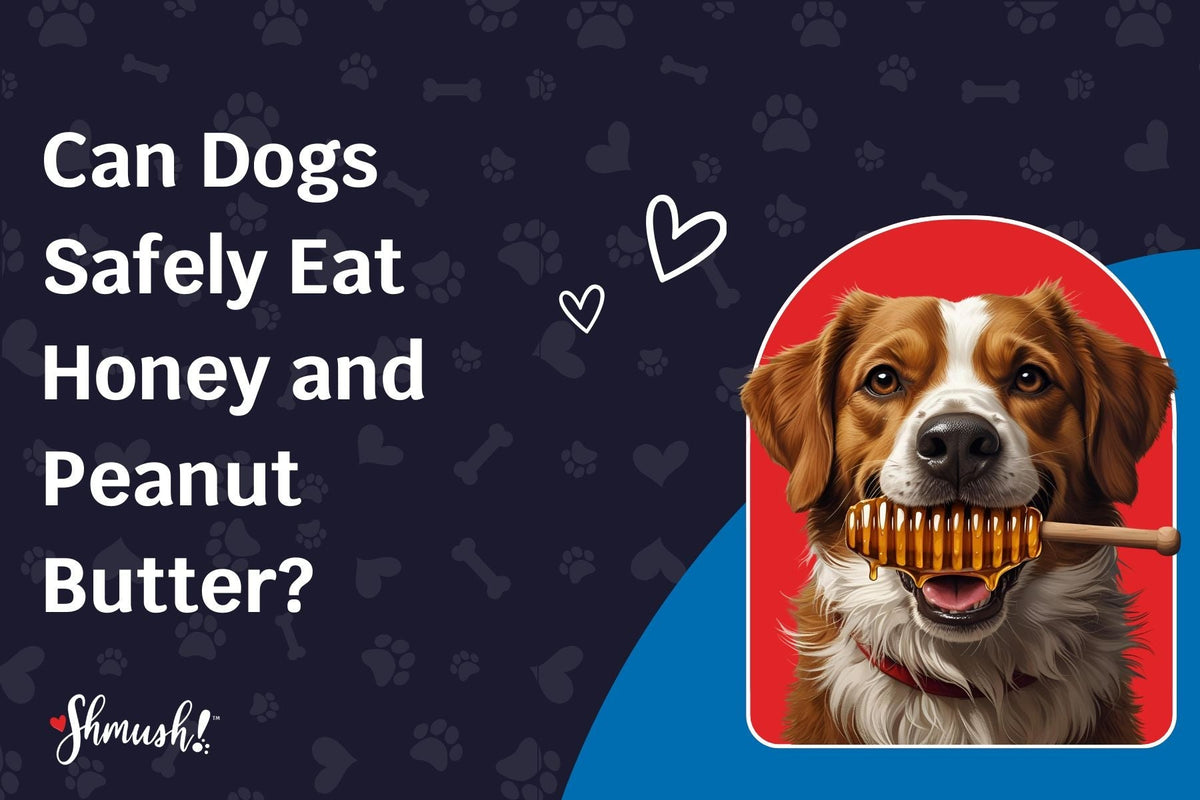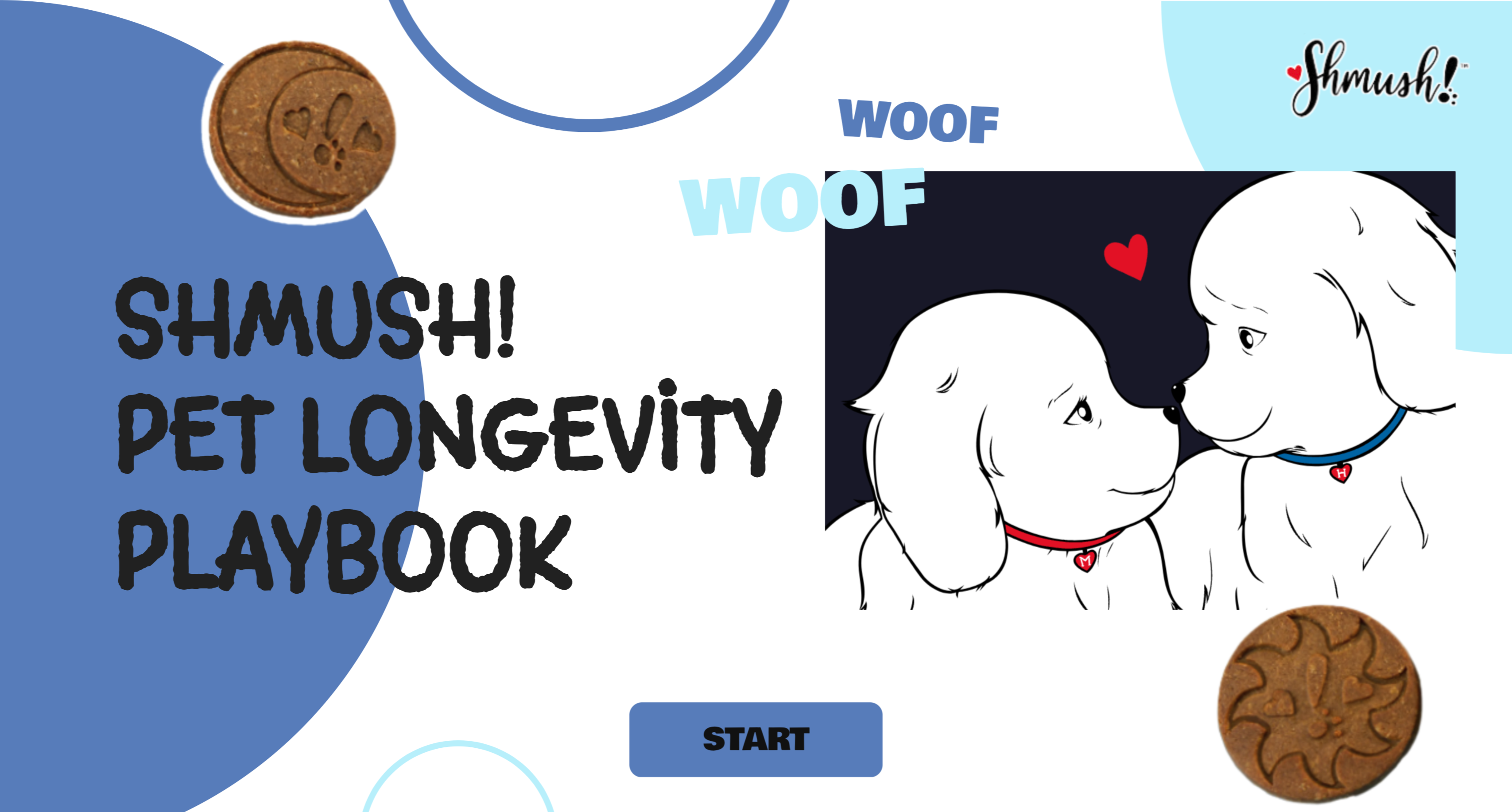

🍯🥜 Can Dogs Eat Honey and Peanut Butter?
Let’s be honest: if you’ve ever opened a jar of peanut butter or drizzled honey on toast, your dog was right there hoping for a taste. But are these sweet and savory staples actually safe for dogs?
Good news: Yes—in moderation and with the right ingredients, honey and peanut butter can be a delicious and rewarding treat for your pup.
✅ Can Dogs Eat Honey and Peanut Butter?
Yes, dogs can enjoy small amounts of honey and peanut butter—as long as:
-
🛑 They’re free from xylitol (a toxic sugar substitute for dogs)
-
🍫 There’s no chocolate, added sugar, or salt
-
🩺 You’ve checked with your vet, especially for dogs with health conditions
Like all treats, these should be used as occasional rewards, not everyday snacks.
🩺 Introducing Honey and Peanut Butter to Your Dog’s Diet
If it’s your pup’s first taste, take it slow:
-
✅ Start with a small amount—less than ½ teaspoon
-
🐶 Watch for signs of allergies or stomach sensitivity
-
🩺 Always consult your vet first if your dog has allergies, diabetes, or weight concerns
Every dog is different, and your vet knows best!
🥜 Nutritional Benefits of Peanut Butter for Dogs
Peanut butter can be a nutritious bonus if you pick the right kind. It’s:
-
Rich in protein for muscle support
-
Full of healthy fats for skin and coat health
-
Contains B vitamins, niacin, and vitamin E
Just be sure to choose all-natural, unsweetened, unsalted peanut butter with no xylitol. (We can’t stress that enough!)
🍯 Health Perks of Honey for Dogs
While honey isn’t necessary for your dog’s diet, in small amounts, it can offer:
-
Antioxidants to support immune health
-
Soothing properties for dogs with mild coughs or seasonal allergies
-
A bit of natural energy for senior or active pups
But because honey is high in natural sugars, portion control is key—especially for diabetic or overweight dogs.
⚠️ Safety Considerations
Here’s what to avoid:
-
❌ Xylitol – Toxic to dogs (double check that label!)
-
❌ Chocolate – A common additive in some PB products
-
❌ Added sugar or salt – Upsets digestion and adds unnecessary calories
-
⚠️ Allergic reactions – Look out for itching, vomiting, or diarrhea
If your dog is sensitive, it may be best to skip these altogether—or consult your vet for dog-safe alternatives.
🛒 How to Choose Safe Honey & Peanut Butter Products
✅ Peanut Butter:
-
“Just peanuts” is best
-
No salt, sugar, or artificial sweeteners
-
No added oils or chocolate
✅ Honey:
-
Choose raw, unprocessed honey
-
Avoid honey blends or flavored syrups
-
Local honey may help with mild seasonal allergies (but always ask your vet first)
🐕 Fun Ways to Feed Honey & Peanut Butter
Ready to treat your pup? Try these fun ideas:
-
🧩 Stuff a toy or puzzle feeder with peanut butter for mental stimulation
-
🐾 Mix a tiny bit of honey into a lick mat for a calming activity
-
🎉 Use peanut butter as a high-value reward during training
-
🍌 Blend into a frozen treat with bananas or pumpkin!
Pro tip: Add a Shmush! Breakfast Biscuit on top for the ultimate superfood snack moment. ✨
⚠️ Potential Risks to Watch For
Even healthy treats can cause problems when overdone:
-
Too much peanut butter = obesity or pancreatitis
-
Too much honey = sugar overload, upset stomach, or weight gain
Keep servings small and occasional—and always supervise.
🐾 Final Thoughts: Sweet & Safe in Moderation
Peanut butter and honey can be safe, tasty additions to your dog’s treat rotation—as long as you’re smart about ingredients, portions, and frequency.
Remember:
-
✅ Moderation is key
-
🛑 No xylitol or added sugar
-
🩺 Consult your vet for personalized recommendations
When in doubt, stick with trusted treats like our Shmush! Vitamin Health Biscuits, loaded with superfoods and created with your pup’s health (and taste buds) in mind.

Free Pet Longevity Playbook
Expert tips for helping your dog live a longer, healthier life—delivered straight to your inbox.